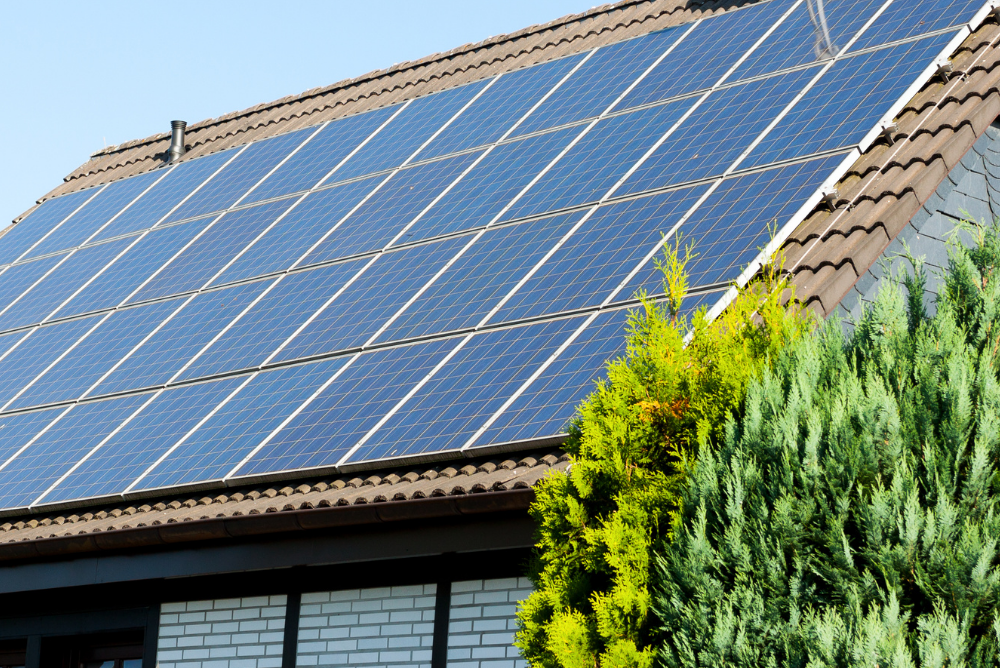
Why Canberra Homeowners Are Racing to Install Solar Batteries
The clock is ticking on one of Australia's most generous renewable energy incentives—and Canberra residents are taking notice. Nearly 44,000 Australian households have already jumped on board since July, collectively installing enough battery storage to power a small city. In Canberra, the solar revolution isn't just coming—it's here, and it's accelerating at breakneck speed.
Here's what makes this moment extraordinary: The federal government is currently offering 30% off battery installations through the Cheaper Home Batteries Program. But there's a catch that's creating a sense of urgency across the capital—this rebate isn't staying at 30%. It's designed to gradually decrease each year, dropping to 27% in 2026, 24% in 2027, and continuing to decline until it becomes a fraction of today's value.
Meanwhile, the ACT's own solar rebates? They've already sunset as of July 1, 2025, shifting all eyes to the federal program.
The numbers tell a compelling story: Solar and battery sales have surged by 191% in early 2025 compared to the previous year. The average household is now installing robust 19 kWh battery systems—enough to power a typical home through the night and beyond. With Canberra's rising electricity costs and recent power disruptions fresh in residents' minds, the question isn't whether to install solar and batteries—it's whether you can afford not to act now.
Let's explore why this is the pivotal moment for Canberra homeowners to secure maximum rebates, slash energy bills, and future-proof their homes against an increasingly uncertain energy landscape.
In 2025, the federal government launched the Cheaper Home Batteries Program, offering a 30% rebate on the total cost of installing home battery systems in combination with solar panels. The rebate is capped to encourage efficient adoption of energy storage technologies, and systems must be installed by accredited providers to qualify.
Previously, the ACT government offered state solar and battery rebates, but these ended on July 1, 2025, shifting the spotlight entirely onto federal incentives. The federal rebate is designed to phase down gradually over the coming years, making early installation even more financially advantageous.
Eligible households—especially concession cardholders—can also leverage the ACT’s Home Energy Support Program , which provides additional rebates or zero-interest loans for energy efficiency improvements.
The Surge in Solar and Battery Installations: Real Insights from 2025
The impact of these incentives is evident in the remarkable uptake of solar and battery systems across Australia, including Canberra:
- Since the federal battery subsidy started on July 1, 2025, a total of 43,517 solar battery systems have been installed nationally, delivering a combined nominal capacity of 825 MWh.
- The average battery size installed is 19.0 kWh, reflecting increased demand for robust storage solutions.
- In July 2025 alone, 19,592 solar battery installations were reported—an indicator of rapid consumer response.
- Nationally, solar and battery sales increased by 191% in the first half of 2025 compared to 2024.
- By mid-2025, Australia had nearly 185,798 home battery systems installed, with the ACT contributing a strong share thanks to its established solar base.
This accelerated uptake highlights a growing awareness among Australians to adopt renewable technologies that reduce reliance on the grid and promote sustainable living.
Why Combining Solar and Battery Is More Beneficial
While solar panels alone reduce electricity bills by generating daytime power, pairing them with batteries unlocks greater value:
- Storing Excess Energy: Store surplus solar energy for use at night or during cloudy days.
- Grid Independence & Security: Maintain backup power during blackouts.
- Lower Peak Demand Charges: Use stored power during expensive peak periods.
- Virtual Power Plant (VPP) Participation: Feed energy back into the grid for financial returns.
These advantages make solar-plus-battery systems not just financially smart but also future-ready.
Financial Incentives Explained: Maximizing Savings with Rebates
The Cheaper Home Batteries Program offers up to 30% off battery installation costs. Combined with the Small-scale Technology Certificate (STC) rebates for solar panels, this dramatically reduces upfront costs.
However, the federal rebate declines gradually:
| Year | Estimated Battery Rebate Percentage |
|---|---|
| 2025 | 30% |
| 2026 | 27% |
| 2027 | 24% |
| 2028 | 21% |
| 2029 | 18% |
| 2030+ | 15% or lower |
This makes early adoption especially important for maximum savings.
Additional benefits include:
- STCs: Lower the cost of solar panels.
- ACT Home Energy Support Program: Extra rebates or zero-interest loans for eligible households.
- Feed-in tariffs: Earn returns from excess solar exported to the grid.
Market Trends and Consumer Perspectives in Canberra
Reflecting national momentum, Canberra residents are increasingly adopting solar-plus-battery systems:
- Rising electricity prices and recent power outages have driven demand.
- Larger battery capacities (around 19 kWh) are now the standard.
- Accredited installer networks are expanding, ensuring safety and quality.
- Homeowners report significant bill reductions, peace of mind, and energy independence.
Key Considerations for Installation in Canberra
To maximize rebates and performance, Canberra residents should:
- Use accredited installers registered with the Clean Energy Council.
- Approved solar panels and batteries under the Small-scale Renewable Energy Scheme (SRES).
- Choose systems with VPP capability for future incentives.
- Install sooner rather than later to lock in the highest rebates.
- Check eligibility for ACT’s Home Energy Support Program.
Installing solar and battery systems now in Canberra is a strategic move to capitalize on rebates, reduce energy bills, and support sustainability. With the federal government’s Cheaper Home Batteries Program at its peak, and ACT state rebates already phased out, the urgency to act has never been greater.
By installing today, Canberra households and businesses secure:
- Maximum rebates before they decline,
- Long-term cost savings against rising energy prices,
- Energy independence and security during outages,
- And a role in Australia’s clean energy transition.
The data is clear—solar and battery installations are transforming Canberra’s energy landscape. Residents are encouraged to act quickly, engage accredited installers, and secure their place in this renewable energy revolution.
